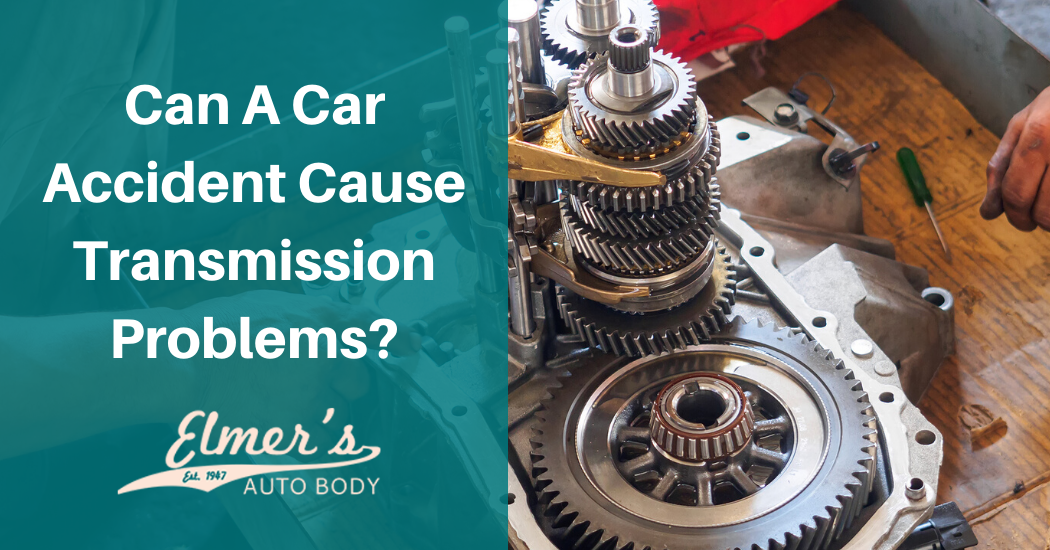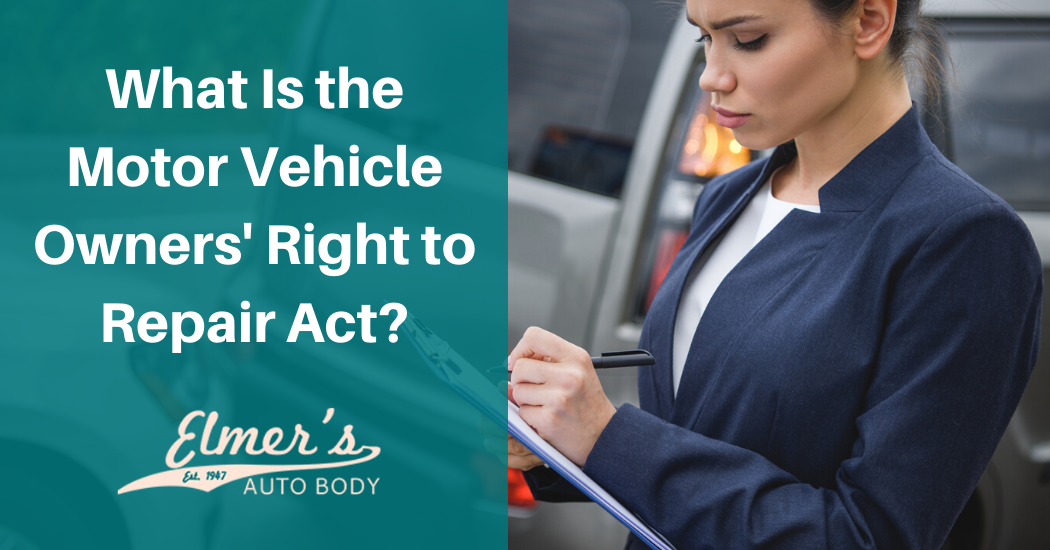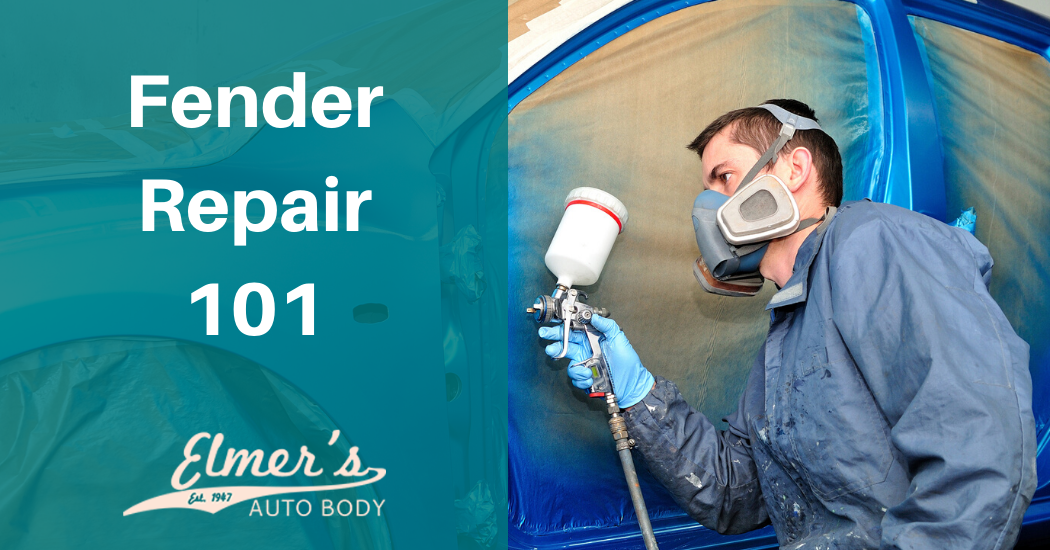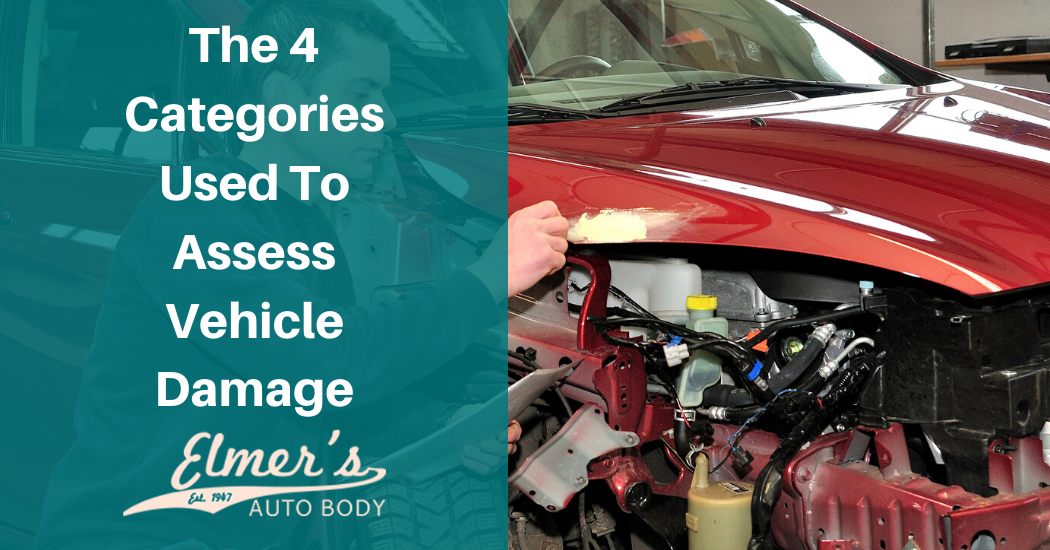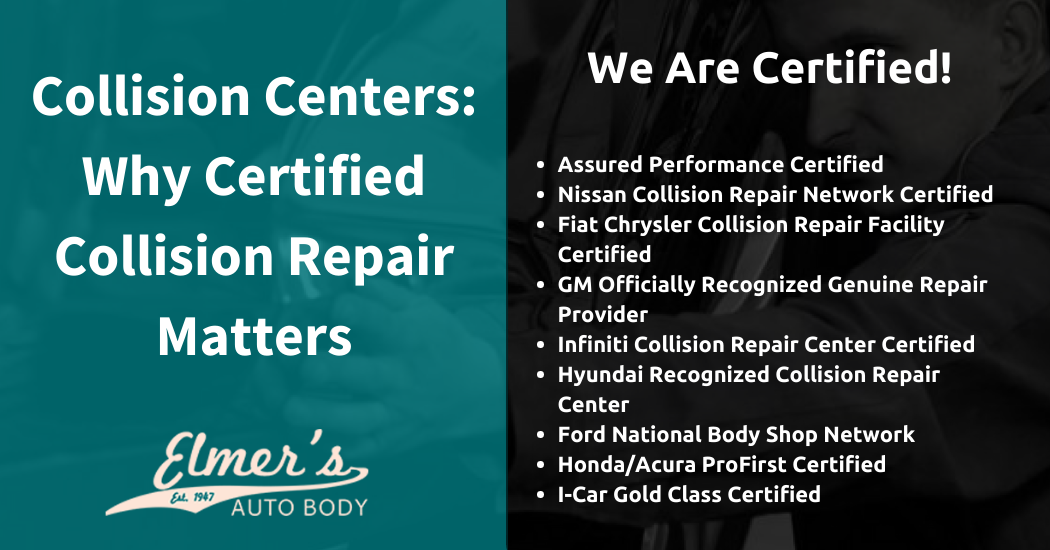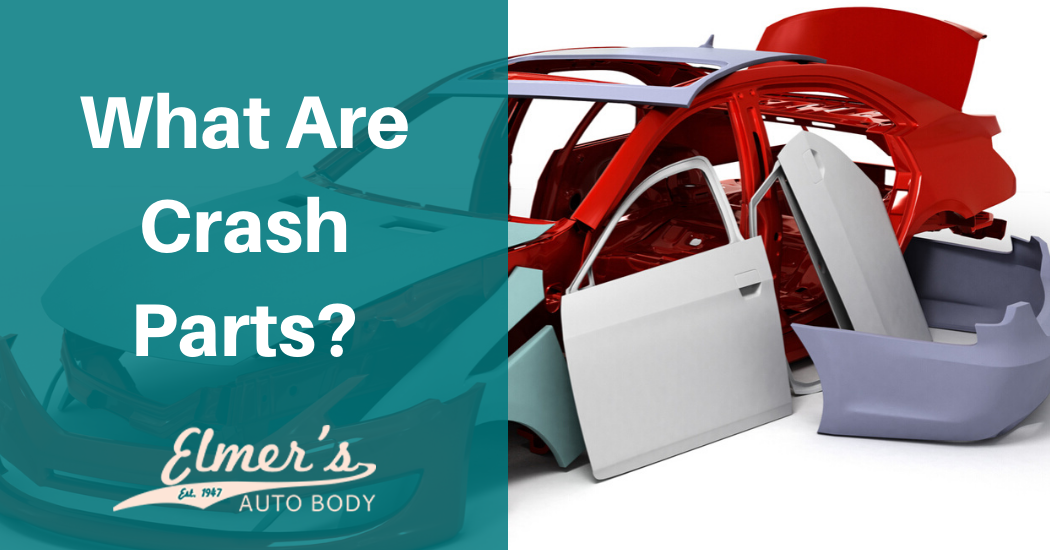When you take your car to the auto shop for repairs, the first step is always a diagnosis. At this stage, many people are holding their breath and nervously hoping that the problem isn’t the engine or the transmission. These are often the two most expensive and difficult parts of the car to repair, and that’s always a bad day for you.
To start, let’s answer the question posed by the title of this article: Yes, you absolutely can suffer transmission problems as a result of a car accident. Like any other part of your vehicle, a transmission can be ruined by a strong enough impact.
Impact Analysis Guide
After you have been in an accident, the first thing to check is your health. Once you know that you are not hurt, you should check the location of the impact. This will affect the likelihood of transmission damage. If you have a front-wheel-drive vehicle, the transmission will be located upfront. Thus, it will probably be safe if the car is struck from the rear. In rear-wheel-drive and all-wheel-drive vehicles, the transmission will be in the back. Thus, it will probably be safe if the car is struck from the front.
In most cases, you will be able to visually inspect the damage and see if your transmission has been struck. It is usually one of the biggest parts of the vehicle, so it isn’t hard to find. Here are some pictures of a typical transmission to get you started. As you can see, there are slight differences in appearance between an automatic transmission and a manual one. Still, it shouldn’t be hard to find a component this large. When you have located the transmission, see if it’s leaking any fluid.
Any time your transmission has been struck by a direct impact, you should get it inspected by a qualified professional because it is probably damaged. Even if the outer casing is not damaged, the impact can knock those gears out of alignment and cause all kinds of problems.
Less Obvious Problems
Not all transmission problems will show themselves right away. You might drive away from the accident, thinking that nothing is wrong, only to find that your car is slipping out of gear or shifting too hard from one gear to the next. This will be especially obvious if you drive a manual transmission because you will feel the gears grinding as they try (and fail) to align correctly.
In most instances, this is not something that you can fix yourself. You might as well make peace with the fact that you will have to fork out some serious money to get this thing fixed. Transmission repairs can be so expensive that you might want to consider buying a different vehicle. However, there is something you can do to give your mechanic a better idea of the problem. Since they charge by the hour, this is likely to save you money.
A Quick Diagnosis
First, you will need to start your car and let it run until it reaches normal operating temperature. This will normally be the spot in the middle of the gauge, and you may want to step on the gas and rev the engine a little bit. This will speed up the process. Once you reach the right temperature, open the hood, and remove the transmission dipstick. If you don’t know where that is, try to find a parts diagram for your car. Your cars owner’s manual might also be of assistance here.
Keep the car running as you check the amount of fluid using the dipstick. If you are lucky, you might simply be low on fluid. In cases like this, you will be able to add the correct amount of fluid and call the problem fixed.
Next, close the hood and get in the car. Put the transmission in gear and see if it clunks or grinds. If it does, you have most likely found the problem. A clunking noise usually indicates that the gear mounts are failing. If it grinds, the gears might simply be misaligned due to impact.
Finally, give the car a short drive. Make sure that your vehicle shifts its gears enough for a proper test. If it slips in and out of gear, the problem is most likely in the clutch or the torque converter. Once again, you probably can’t fix those problems yourself, but you can save your mechanic some time.
Conclusion
Today’s article has been based on a simple question, and the answer is not a pleasant one. It would be nice if transmissions were better protected, but it won’t do us any good to lament that fact. All we can do is deal with the situation and get that crucial vehicle back on the road. By following the simple guidelines outlined here, you can probably take care of that process with a little less stress, uncertainty, and time. If you would like to thank us for that little bit of help, you can fill out the contact form below.

